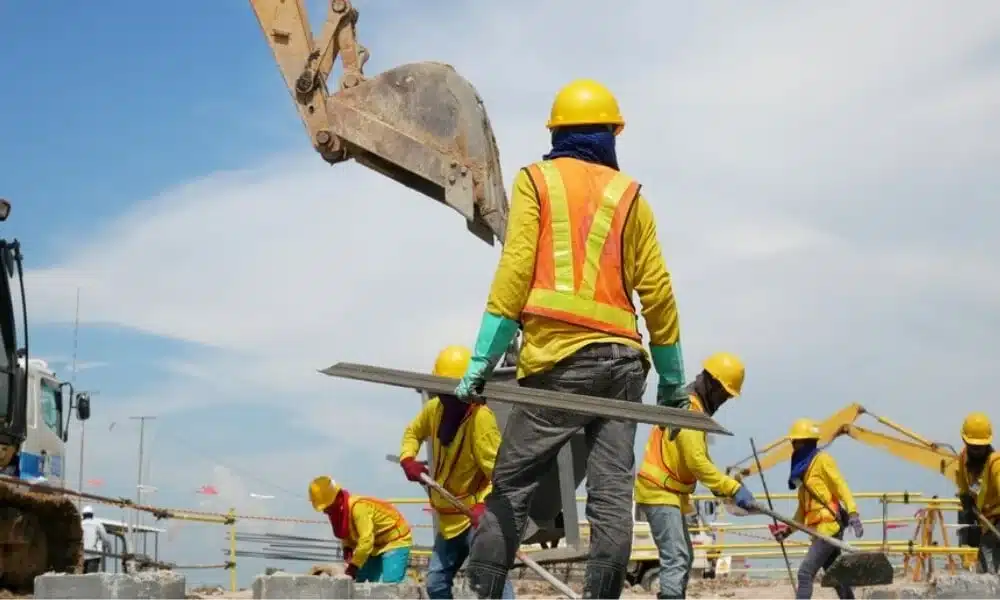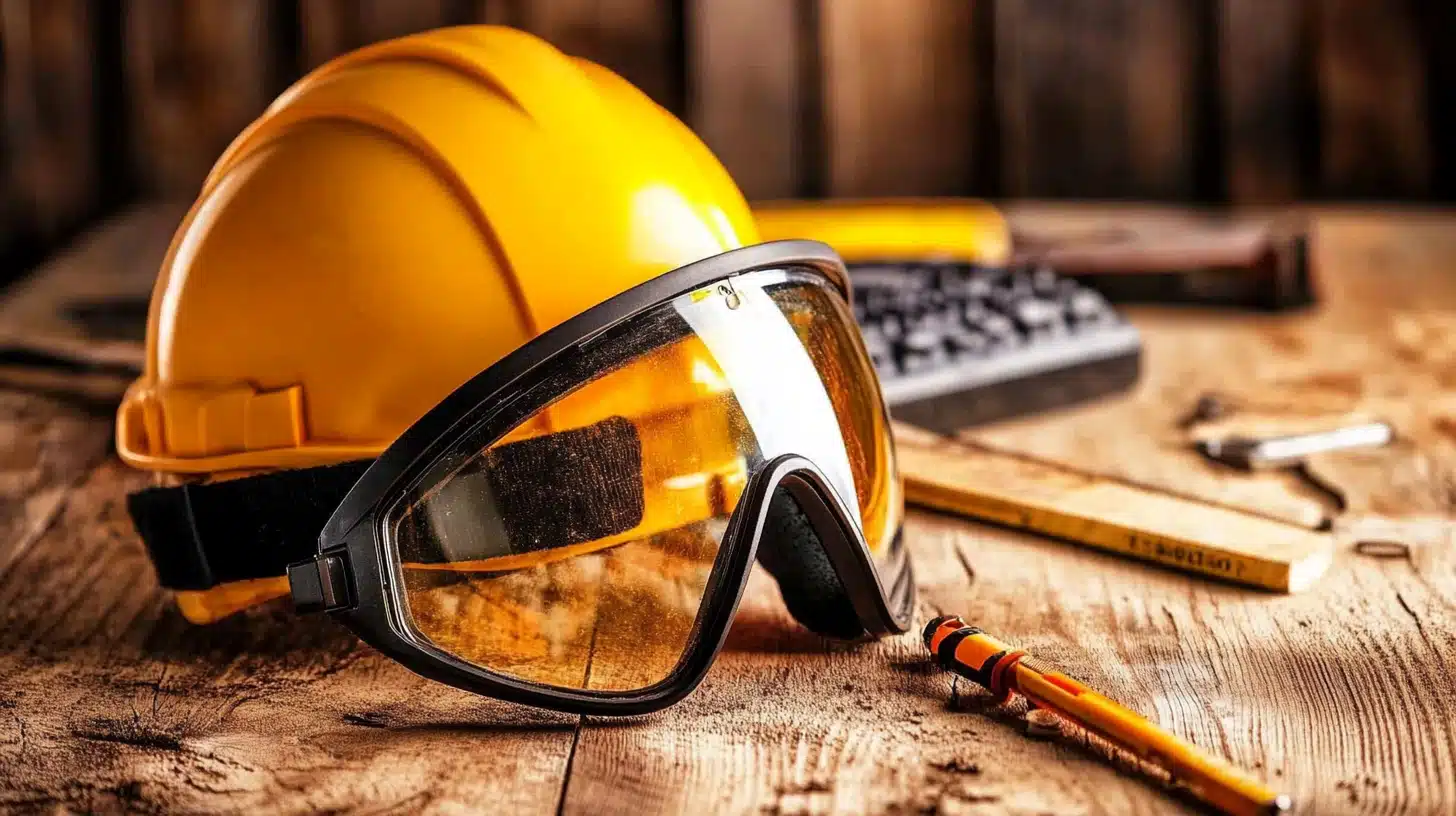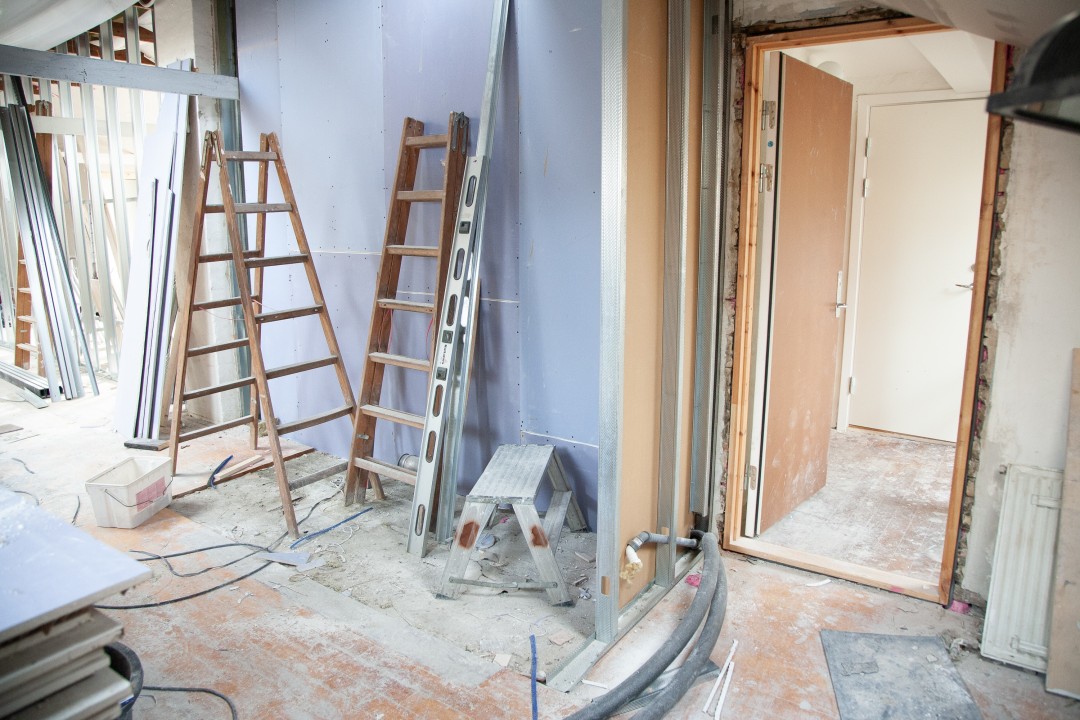Steps to Improve Construction Site Safety
Accident figures from construction sites paint a grim picture: every year, thousands of workers are caught up in mishaps, some walking away with minor bumps, others tragically experiencing the ultimate workplace nightmare. A harsh truth hits home when we realize just how vital safety is in construction zones.
Given the nature of the work, where heavy machinery, high altitudes, and potentially hazardous materials are commonplace, the consequences of neglecting safety protocols can be devastating.
Behind the staggering number of construction site accidents lies a grave reality: one in five private industry worker fatalities occur in this sector, issuing a deafening call for beefed-up safety protocols.
Construction sites can’t afford to leave safety to chance; instead, they need a deliberate, multifaceted approach that synthesizes preventative steps with emergency preparedness to truly make a dent in accident rates. Breaking new ground in construction safety means embracing high-tech management software.
With its real-time oversight, builders can zero in on potential hazards and swiftly revise their safety strategies to avert accidents. Let’s get down to business: improving safety on construction sites requires a detailed plan of attack. There’s no one magic bullet for construction site safety, but rather a tightly woven web of protection.
We begin with solid educational groundwork, layer on spot-on PPE, and finish with precision tech tools to keep workers shielded from harm.
Safety Training and Education

The cornerstone of a safe construction site lies in the thorough and rigorous training of its workforce. Safety training should go beyond basic orientation; it must be an ongoing process that keeps pace with new technologies, equipment, and regulations.
Don’t wait until it’s too late – employees need regular training to stay safe on the job. This training should include a mix of on-the-job practice, classroom learning, and realistic drills. Every worker, from day laborers to seasoned engineers, should have a solid understanding of the potential risks and the specific preventive measures required for their particular roles.
Informative programs geared towards continuous learning update team members on the latest safety measures, resulting in noticeably safer work environments.
Safety Orientations for New Workers
New workers bring fresh skills to a project but may also introduce new risks if they are not properly oriented to the specific safety demands of a given site. The first order of business for new employees is a thorough safety briefing.
This essential stepEquip them with critical knowledge, empowering them to work safely, efficiently, and confidently from the get-go. This process should get to the bottom of their understanding of basic safety measures and make sure they’re completely clued in about the specific hazards on site.
Regular refreshers and updates as part of their ongoing development will help maintain high safety standards and compliance.
Personal Protective Equipment (PPE)
Construction jobs often require handling of heavy materials, working at heights, and exposure to potentially hazardous terrains and substances. In such settings, PPE is not just beneficial; it is a necessity. From steel-toed boots to earmuffs, a worker’s wardrobe is often a mesh of essentials that guard against the unexpected.
It is the employer’s responsibility to not only provide access to high-quality PPE but also ensure that all staff know how to use each piece of equipment correctly. Regular training sessions on the maintenance and proper use of PPE are as important as the initial equipment provision.
Implementing Strict Safety Protocols

Development and enforcement of stringent safety protocols provide a structural backbone to the safety culture within a construction site. Safety rules need to be crafted with care, taking into account the distinctive characteristics of each construction task and the potential dangers that come with it.
When leaders prioritize safety, they’re not just checking a box – they’re creating a culture where everyone feels empowered to speak up and adhere to established protocols.
Clear consequences for non-compliance—balanced with support and guidance for following safety measures—remind workers of the importance placed on safety and encourage them to prioritize it in their daily activities.
Regular Safety Inspections
Safety on a construction site isn’t just about rules and equipment; it’s also about constant vigilance. Hazards are everywhere, but we’re on the lookout. Through consistent safety audits and equipment inspections, we stay one step ahead of potential dangers, preventing accidents and injuries.
Get the right people on the job – those with a knack for identifying potential hazards and assessing the risks that come with them. Following the inspection, a swift and effective response to correct any identified issues is paramount, minimizing the potential for accidents.
Encouraging Open Communication
Developing a culture that promotes open communication about safety ensures that concerns and near-misses are reported and addressed before they result in an accident.
Mechanisms should be put in place for workers to report safety issues without fear of reprisal—as a part of this, consideration should be given to implementing a feedback system that can be anonymous if necessary.
Identify and celebrate the individuals who go the extra mile to ensure a safe working environment, and you’ll start to see a collective sense of responsibility develop across your organization.
Proper Site Organization and Housekeeping
A cluttered and disorganized construction site not only reduces efficiency but also increases the risk of accidents. Picture this: a workspace where tools are thoughtfully arranged, and waste is swiftly removed, resulting in a far safer environment where workers can focus on the task at hand.
Standard procedures for housekeeping—such as securing loose cables, cleaning spills promptly, and maintaining clear pathways—can dramatically reduce the incidence of slips, trips, and falls, some of the most common construction site mishaps.
Emergency Response Plan
Even with all preventative measures in place, it’s essential to be prepared for the unexpected. Faster response times and better outcomes depend on a solid emergency plan that pins down the steps to take in a crisis.
This plan should include clear evacuation routes, assembly points, roles of personnel during an emergency, and pertinent emergency contact information.
What happens when the unexpected hits? Our regular drills prepare everyone on site to think on their feet, make quick decisions, and take action – so when the stakes are high, we’re ready to respond like a well-oiled machine.
Adopting digital solutions to manage construction projects streamlines the building process from start to finish
In an industry where every single day counts, construction management software has become an irreplaceable asset, helping project leaders prevent accidents and keep their workers safe.
With this technology, supervisors and teams gain access to project management, watching progress unfold in real-time, staying on the same page, and keeping documentation in check – all essential for crafting top-notch safety programs.
Think of construction management software as your partner – it dishes out critical updates in real-time, helps you monitor compliance, and gets you moving on mobile reporting to combat hazards and risks head-on.
Continuous Improvement and Feedback Loop
A truly safe construction site is one that evolves—where feedback is sought and valued, and practices are continuously assessed and optimized.
Employee insights are like flood lights shining on potential safety hazards – they help us spot what we might’ve missed and make informed changes. By keeping pace with the latest technological breakthroughs and shifting regulatory landscapes, our site’s safety protocols stay on the cutting edge.
Conclusion
A safe construction site doesn’t happen by chance; it’s the result of carefully managed processes and a commitment to protecting everyone on site. In our books, safety isn’t just a to-do list; it’s a living, breathing goal. We breathe life into it with rigorous training, enforcing tough safety rules, and examining our operations with a fine-tooth comb.
This laser focus on safety means the places we create are mostly accident-free zones. When workers stay safe on the job, everyone wins. Projects get finished on time, on budget, and with top-notch quality. The company’s reputation gets a boost too, as a safe work environment is a key indicator of its commitment to excellence.
For construction managers and industry leaders, there’s no greater priority than the safety of their workforce. Every day, they should be asking themselves: what more can I do to ensure that every single worker goes home safely?







